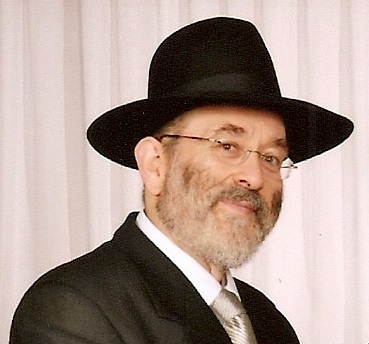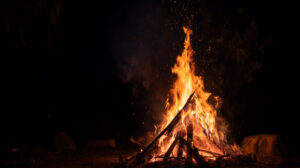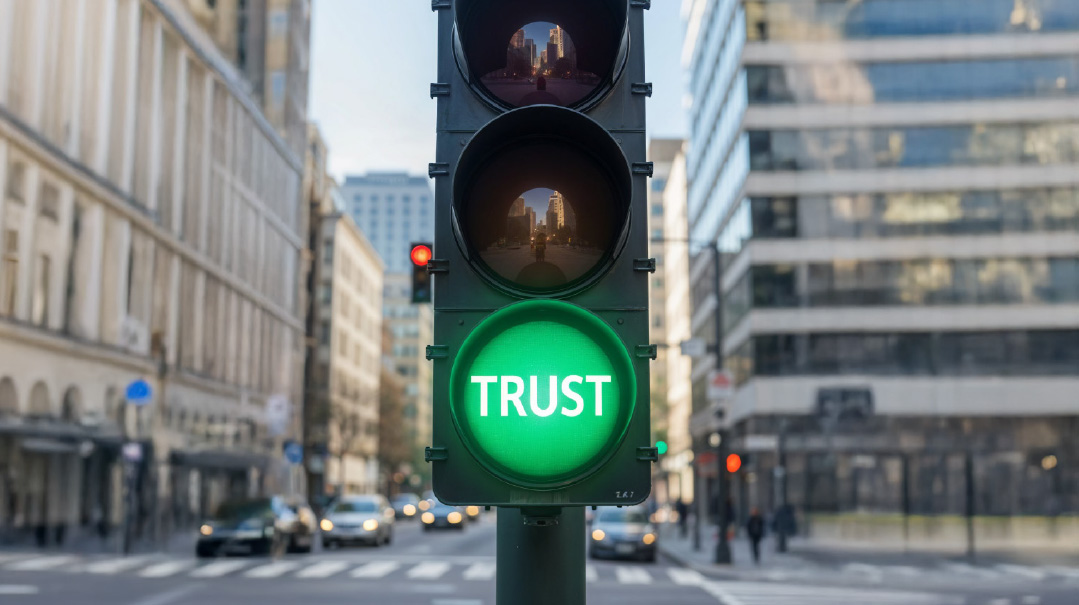Searching for Olam Haba at Disney World

The Wall Street Journal recently published a front-page article entitled, “Disney World’s Big Secret: It’s a Favorite Spot to Scatter Family Ashes.” The article takes a droll look at this illegal practice, interviewing people who felt the best way to honor their loved ones was to spread their cremated ashes in “the happiest place on earth.” The article ends with one interviewee’s gushing comment that to commemorate the anniversary of her mother’s death, “Instead of going to a grave, I go to Disney World.”
The article offers the topic up for the amusement of its sophisticated readership, but as Orthodox Jews we see this issue in a fundamentally different way.
In 2018, we find the world hurtling toward the bottom of a very slippery slope. The culture of the world around us is degraded in virtually every way: in the licentiousness of its social mores, in the debased level of its political rhetoric, and, in the case at hand, in the cavalier way it treats life and death.
According to the Cremation Association of North America (CANA), cremation is rapidly increasing in popularity in the US, with more than 50 percent of deceased people being cremated in 2017. CANA claims that nine states had a cremation rate higher than 70 percent in 2016, with a tenth state close behind. The organization has found that the demographic characteristics that correlate with high cremation rates include decreased affiliation with religion and “increased transience.”
Cremation is not simply a distasteful practice, it is one that is derived from a distorted and perverted view of life and the afterlife. Today, CANA crows that “cremation is the new tradition.” For that reason, it is important that we reconnect ourselves, and as many Jews around us as possible, to the source of our eternal traditions.
What is the Torah’s rationale in forbidding murder? It is not provided in the Aseres Hadibros, along with the prohibition of murder, but appears much earlier, in parshas Noach, where the Torah states that murder is forbidden because Hashem created man in His image. Murder is a sin for Jews and gentiles alike because we may not destroy a tzelem Elokim.
In parshas Ki Seitzei we see a further elaboration of this concept. There we are commanded that even a criminal who is hanged must not remain on the gallows overnight, but should be buried the same day. To leave him hanging is a “kilelas Elokim,” which Rashi explains as a zilzul, a degradation of Hashem.
The Sforno adds that “Elokim” in this context means a person’s eternal essence, the soul. Withholding burial from a body is a klalah, the worst possible injustice to the eternal essence of a person, the part of them that is so holy and precious that it is referred to with the exalted name “Elokim.”
Burning that body is far worse than leaving it hanging. Burning is reserved for objects we wish to utterly obliterate. What does halachah tell us to burn? Chometz before Pesach. Symbols of idolatry. Not sifrei Torah. Certainly not people.
As Orthodox Jews, we have an obligation to bring this message to our nonobservant brethren. The American Jewish rate of cremation, while lower than the general rate, is approximately 40 percent, Rachmana litzlan. And it is rising.
We are obligated not only to be a light unto the nations, but also to be a light unto our own nation. We must open a conversation with less-affiliated Jews about the sanctity of body and soul. Too many Jews are under the sway of popular culture regarding this profoundly significant concept. What greater gift can we offer them than an introduction to the Torah view of life and death, the gift of knowing that they deserve so much more than to become, at the end of their lives, nothing but a secretly deposited heap of ash at Disney World?
This conversation can be transformational, because not only does the way one lives informs the way one dies, but the way one chooses to respond to death informs the way one chooses to live. By engaging people in a conversation about the respect with which we need to treat the deceased, we can give them a glimmer of the respect they need to show the living, respect that is so woefully lacking in today’s world. And once they get a sense of the respect owing to the living, they may have new appreciation for how they can better utilize the gift of their own life.
Let us all learn to look at people and see gadlus ha’adam, the greatness inherent in man, who was created in the image of G-d, and not — chalilah — in the image of a big-eared cartoon mouse.
On Shabbos Parshas Vayechi, December 22, NASCK (National Association of Chevra Kadisha) will hold its fourth annual TEAM (Traditional End-of-Life Awareness Movement) Shabbos. The theme of this event will be Respecting Life: Here and Hereafter.
Originally featured in Mishpacha, Issue 739. Rabbi Zohn has been the director of the Chevra Kadisha of the Vaad Harabonim of Queens for the past 35 years. He is also the founder and president of the National Association of Chevra Kadisha (NASCK), an organization that provides support and networking for chevros kadisha.
Oops! We could not locate your form.













